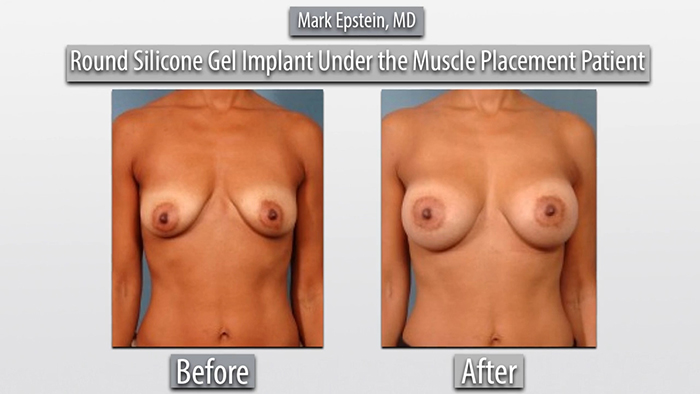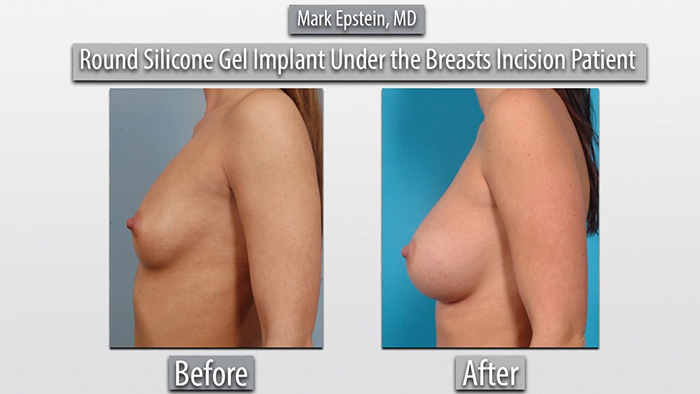When you’re considering having breast augmentation, there’s a lot more to think about than just what cup size you want to be. Working with your surgeon, he or she should walk you through at least five important steps before the day of surgery.
by John Hammarley
and Mark Epstein, MD
How to Determine Size
Size does matter but there’s so much more to consider about size when contemplating a breast augmentation. One great thing about breast implant surgery these days are the options available to both the patient and surgeon. Certainly the ‘one size fits all’ approach has no place in today’s breast implant conversations.
It’s a decision with long-lasting consequences, so size is probably the best place to begin. One recent study showed three years after surgery, 15 percent of re-operations were due to a woman’s decision to select a different size or style. One of the best clinical methods of determining breast implant size is to use a tissue-based measurement system.
Which Type of Implant?
Talk about choices! When considering the type of implant, get ready to use both hands to count them all. Saline or silicone, smooth, textured or round, a large-than-ever contingent of implants are available for the discriminating patient. And, as the American Society of Plastic Surgery reminds us, implant manufacturers occasionally introduce new styles and types of breast implants, so there may be additional options available. Whether you choose saline or silicone implants, you’ll need to monitor your breast implants and follow-up with your plastic surgeon for appropriate checkups.
Like Real Estate, Pocket Location is Key
There are two main pocket locations for breast augmentation: sub-glandular placement is between your chest muscle and your breast tissue (under the gland) and partial sub-muscular placement, where your breast implants are placed partially under the pectoralis major chest muscle. Sub-glandular placements may help reduce your surgery and recovery time. It may be less painful than partial sub-muscular placement and may make your breast implants easier to access if reoperation is needed. To avoid partial sub-muscular implants resulting in a longer, more painful recovery than sub-glandular implants, surgeons now have the option of using a Dual Plane placement which allows partial muscle coverage without the negatives associated with traditional partial sub-muscular placement. Placing an implant partially under the muscle may reduce the risk of developing capsular contracture , as well as offer easier mammographic imaging of the breast.
Where the incision is made is important
Incisions vary based on the type of breast implant, how big of an implant, your particular anatomy and the agreement between you and your surgeon. The most common breast implant used today is silicone gel. Since silicone implants are pre-filled, and the silicone is extremely thick and cohesive, the incision location is limited, usually, to the inframammary fold location or underneath the breast.
How soon will i be back at full-strength?
Using special, precise surgical dissection techniques, Dr. Epstein can produce a better recovery for patients, allowing them to be up and returning to normal activity the day of surgery. The American Society of Plastic Surgery recommends you be given specific instructions that may include how to care for your breasts following surgery, medications to apply or take orally to aid healing and reduce the risk of infection, and when you should follow-up with your plastic surgeon.
Dr. Epstein says you possibly can resume light, normal activities, including shopping and going out for dinner, the same day as surgery. Strenuous exercise, Dr. Epstein warns, shouldn’t be resumed for three weeks after your augmentation.

















Facebook
Twitter
Instagram
YouTube
RSS